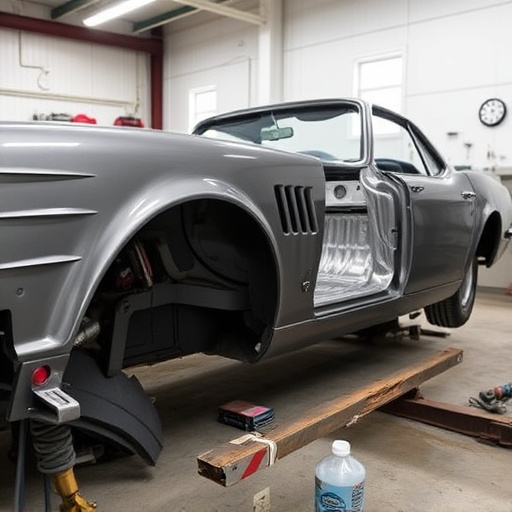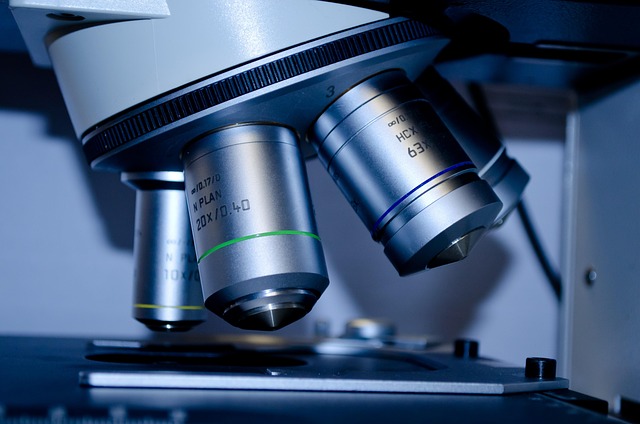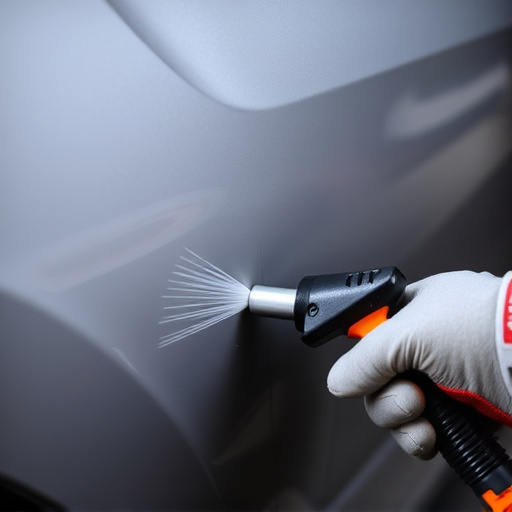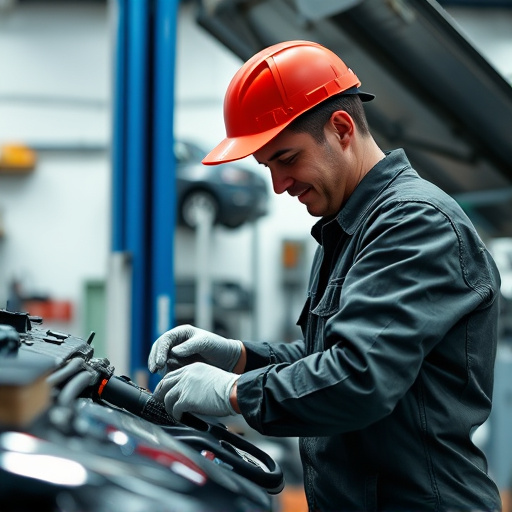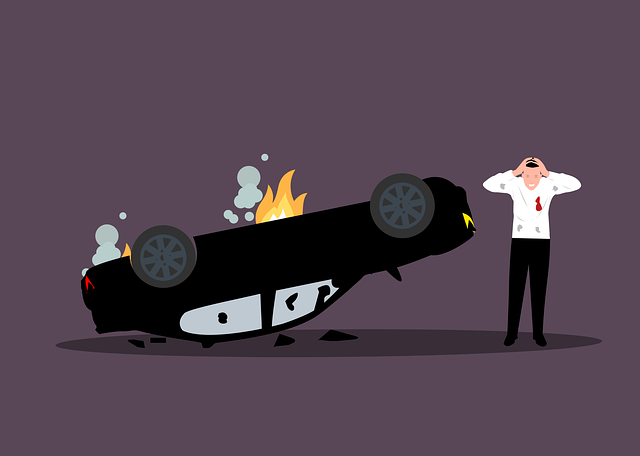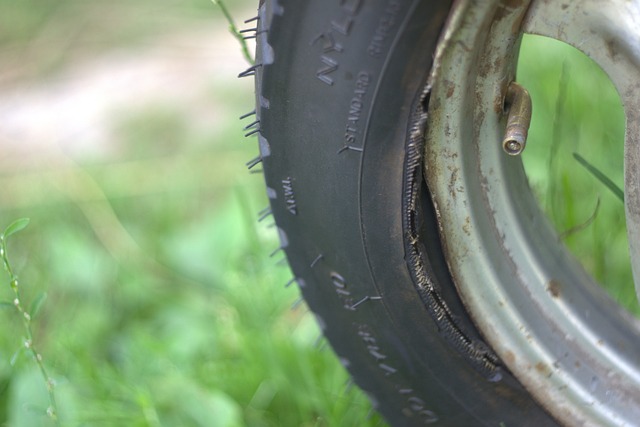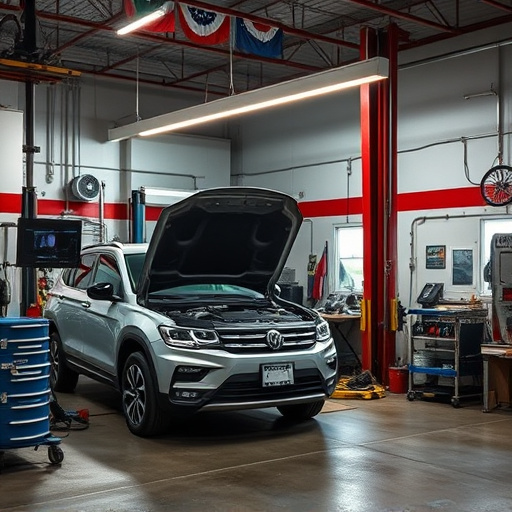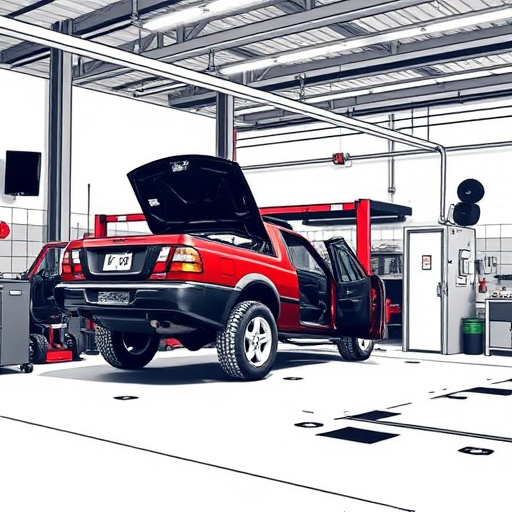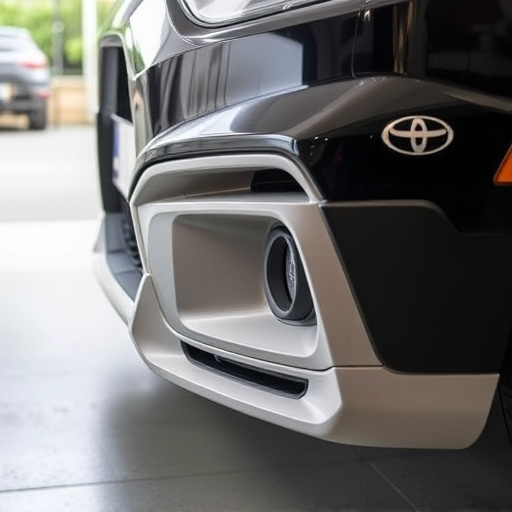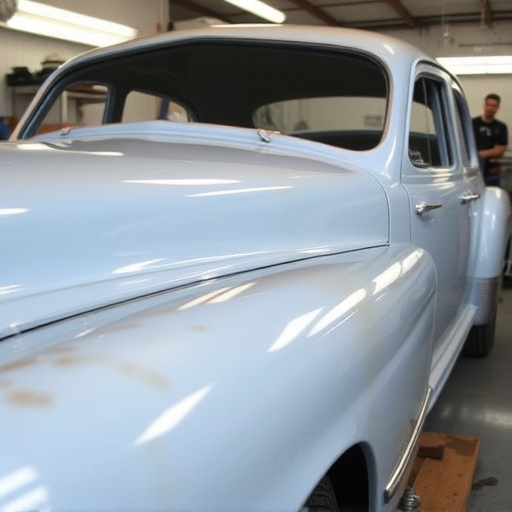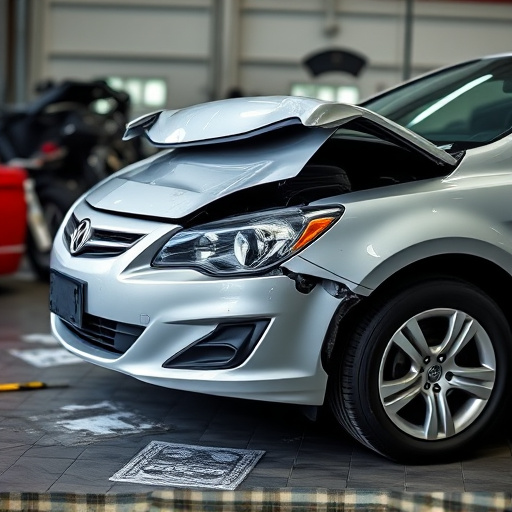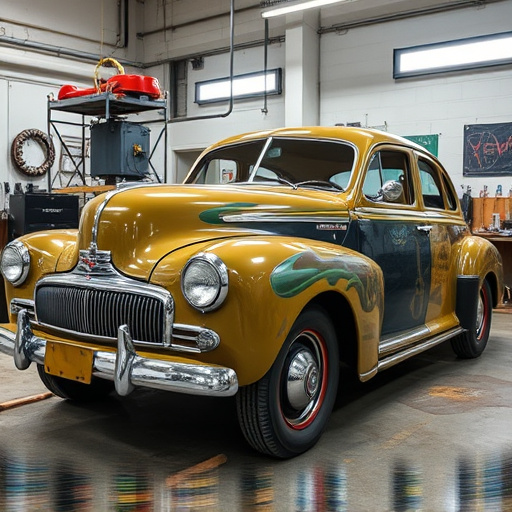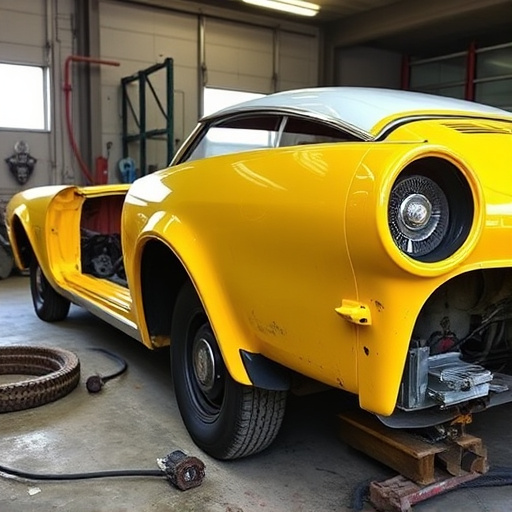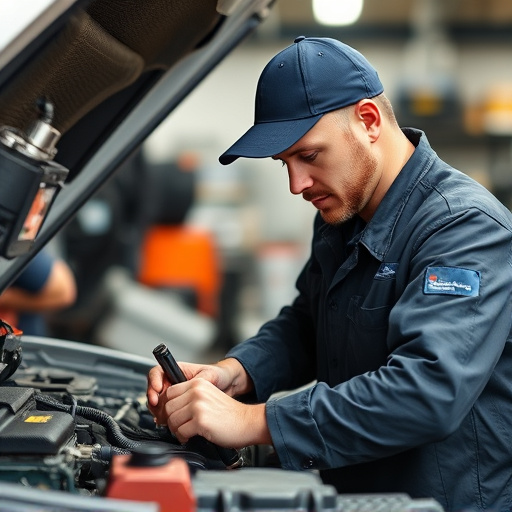Bumper damage ranges from cosmetic to structural, caused by various incidents. Bumper restoration involves assessing and repairing imperfections using putty, sandpaper, and paint. This meticulous process enhances safety and market value, especially for modern bumpers designed to absorb impact energy. Techniques like paintless dent removal maintain bumper appearance and resale appeal.
Bumper restoration isn’t just about making your vehicle look good—it’s a critical safety feature that can significantly enhance resale value. Bumpers, often damaged by accidents, weathering, or simple wear and tear, play a vital role in your car’s overall structural integrity. This article delves into the common causes of bumper damage, explores the step-by-step process of restoration, and highlights how restored bumpers improve both safety and appearance, making them a smart investment for any car owner.
- Bumper Damage: Common Causes and Effects
- The Art of Bumper Restoration: Step-by-Step
- Enhancing Safety and Reselling Value with Restored Bumpers
Bumper Damage: Common Causes and Effects
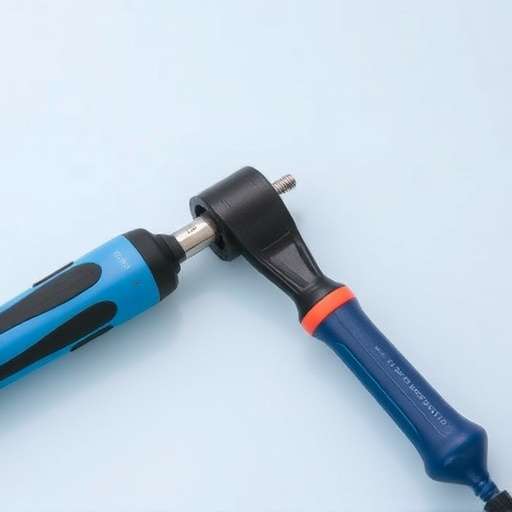
Bumper damage is a common occurrence, often resulting from minor fender benders, parking mishaps, or more severe vehicle collisions. The effects can range from small dings and scratches to significant deformities that compromise the bumper’s structural integrity. These damages not only affect the aesthetics of a vehicle but also its safety features. A damaged bumper might lose its ability to absorb impact energy during a collision, leaving the vehicle and its occupants vulnerable.
Common causes include parking lot collisions, where a car or object may scrape against the bumper, as well as animal strikes, especially in rural areas. Over time, exposure to harsh weather conditions can also lead to rust and corrosion, weakening the bumper’s frame. Prompt attention is crucial; minor dents and scratches can often be remedied through paintless dent repair techniques, while more severe cases might require automotive collision repair or bumper restoration services to ensure both safety and a restored aesthetic appeal.
The Art of Bumper Restoration: Step-by-Step
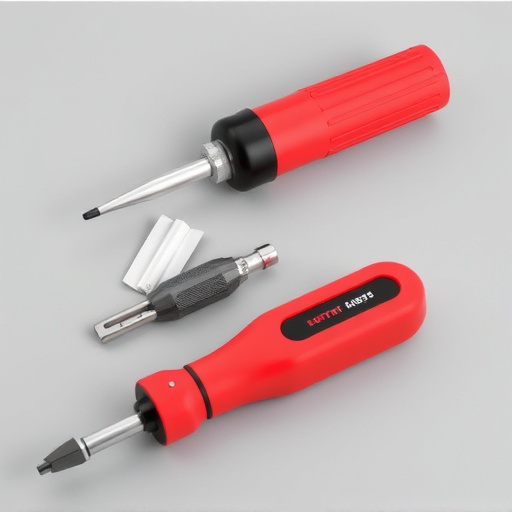
Bumper restoration is an art that involves meticulous attention to detail and a step-by-step approach. The process begins with assessing the damage and identifying the extent of repair needed. Depending on the severity, this could range from simple dings and scratches to more complex cracks or dents. Once the bumper is thoroughly cleaned, the technician uses specialized tools to remove any damaged parts, ensuring a pristine surface for the next phase.
The heart of the restoration lies in applying the right materials to fill and smoothen out imperfections. This may involve using body putty to level out uneven areas, followed by careful sanding to create a seamless finish. After priming the bumper to prepare it for painting, precise spray painting techniques are employed to match the original color perfectly. Finally, a clear coat is applied to protect the restoration work and give the bumper a sleek, like-new appearance that complements the overall vehicle aesthetics, enhancing both safety with improved visibility and the car’s market value through enhanced visual appeal in auto glass repair and vehicle repair processes.
Enhancing Safety and Reselling Value with Restored Bumpers
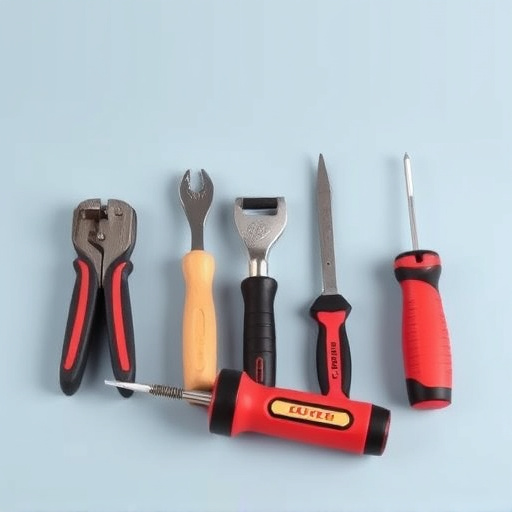
Bumper restoration is not just about revamping the appearance of your vehicle; it’s a strategic move to enhance safety and reselling value. A well-restored bumper can significantly improve the overall structural integrity of your car, ensuring better performance in the event of an accident. Modern bumpers are designed to absorb impact energy, reducing the risk of damage to other parts of the vehicle and its occupants. By restoring these components, you’re effectively strengthening a crucial defense mechanism that protects you on the road.
Moreover, a restored bumper can make a notable difference in your car’s resale value. Vehicle body repair experts use specialized techniques like paintless dent removal and hail damage repair to bring bumpers back to their original state, minimizing the need for costly replacements. This attention to detail not only preserves the aesthetic appeal of your vehicle but also communicates to potential buyers that the car has been well-maintained, increasing its marketability.
Bumper restoration isn’t just about achieving a sleek, new look—it’s a vital investment in both vehicle safety and resale value. By addressing bumper damage early and opting for professional restoration, car owners can ensure their vehicles remain safe on the road while maintaining their market appeal. This cost-effective solution not only enhances aesthetics but also extends the lifespan of critical components, making it an essential consideration for any car owner looking to keep their vehicle in top condition.
